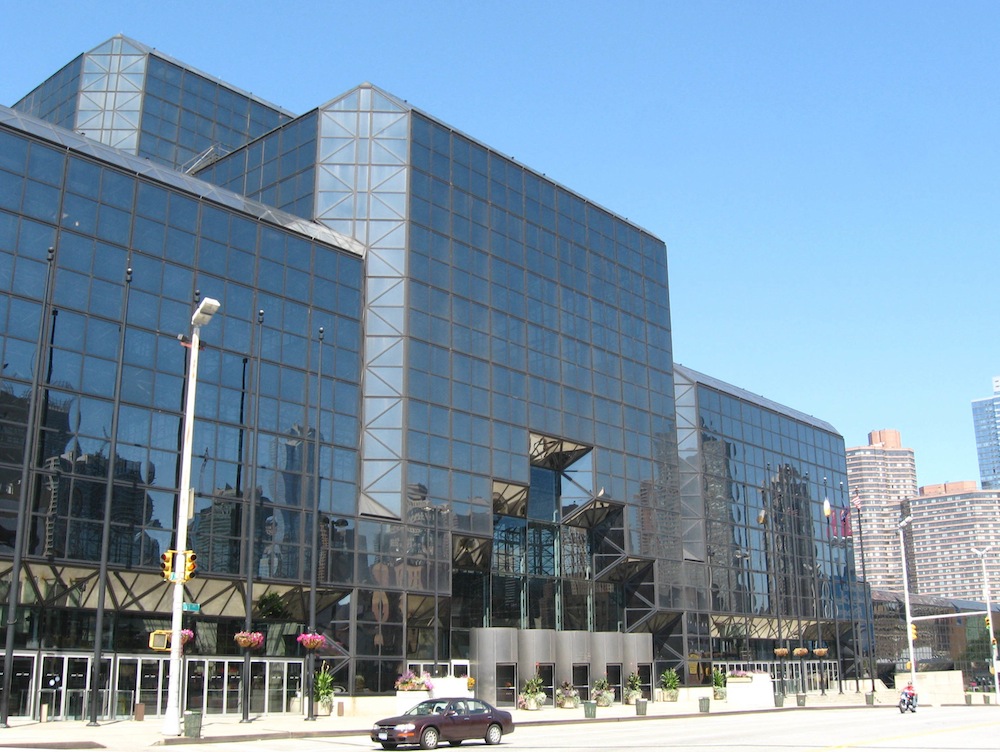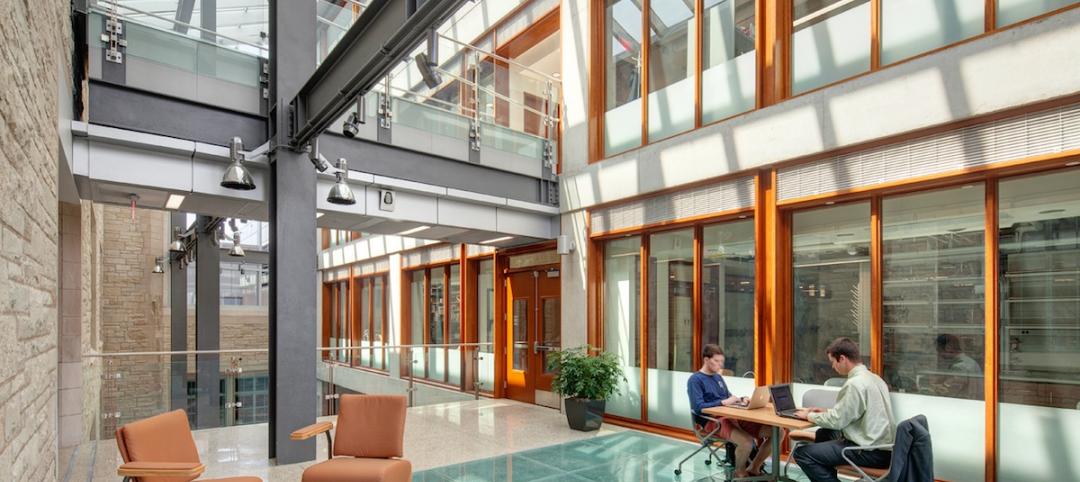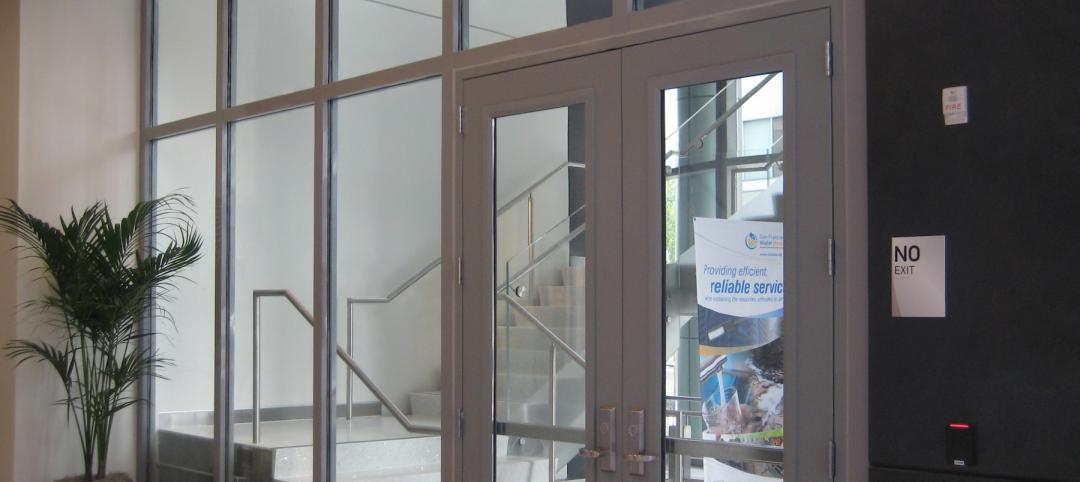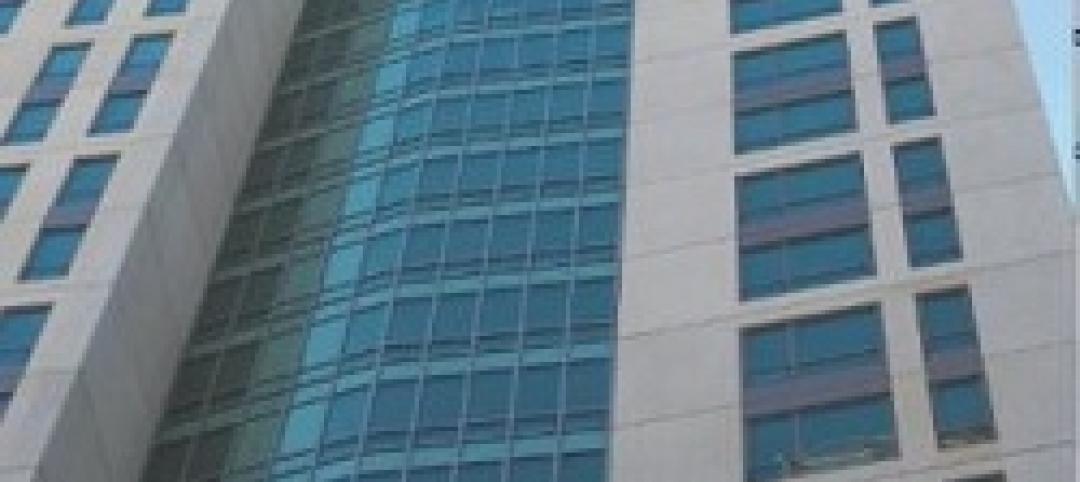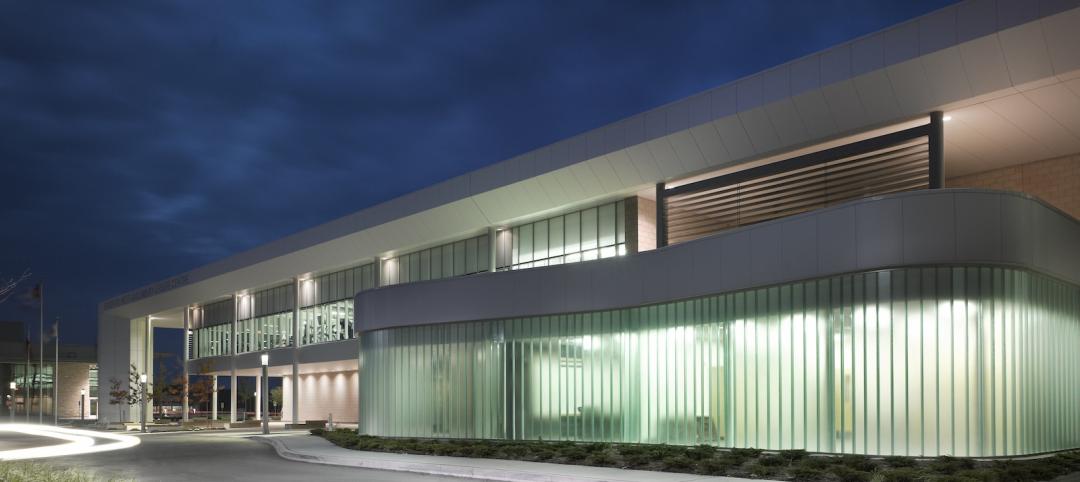The last recession isn’t over yet, at least as far as the glass products are concerned.
Glass manufacturers, which shut 11 of 47 float-glass North American plants between 2007 and 2014, are now playing catch-up with demand from commercial builders whose business is robust. The Wall Street Journal reports that glass prices have risen by more than 30% over the past 18 months. Construction projects are being delayed because they can’t get the glass they need, especially for curtain wall, the metal-framed glass panels that have become popular design components for skyscrapers, airport terminals, hotels, and many other nonresidential buildings.
“The glass guys are dictating the timetables of a project to us,” Ralph Esposito, who oversees Lend Lease’s commercial construction in New York, tells the Journal. AvalonBay Communities have seen glass prices rise by 35% to 45% from 2013, and expects this supply-and-demand dilemma to persist through early 2016, says Scott Kinter, its Senior Vice President in Boston.
The Producer Price Index for the broad category “flat glass” in July 2015 stood at 126.6, up 5% from July 2014. The Bureau of Labor Statistics does not adjust this category for seasonality.
Shortages have become so severe that The Related Cos., one of the country’s biggest developers, recently joined forces with M. Cohen & Sons, a specialty metal manufacturer, to open its own glass factory, called New Hudson Façades, in Linwood, Pa. The Journal quotes Bruce Beal, Related’s president, as stating that his firm needs more than 3,000 glass panels for one skyscraper it’s building on Manhattan’s West Side alone.
Demand and price increases for glass aren’t confined to North America, either. Saint-Gobain, one of the world’s leading glass producers, reported a 9.8% increase in flat glass sales, to 2.633 billion Euros (US$2.9 billion), for the first half of 2015, during which the company’s operating income for that category rose 48.1% to 194 million Euros.
Perhaps ironically, last April the Journal also reported how several cities across the country were pulling back on their glass-recycling programs because glass had become too difficult and expensive to handle.
Related Stories
Sponsored | | May 3, 2014
Fire-rated glass floor system captures light in science and engineering infill
In implementing Northwestern University’s Engineering Life Sciences infill design, Flad Architects faced the challenge of ensuring adequate, balanced light given the adjacent, existing building wings. To allow for light penetration from the fifth floor to the ground floor, the design team desired a large, central atrium. One potential setback with drawing light through the atrium was meeting fire and life safety codes.
| Apr 25, 2014
Recent NFPA 80 updates clarify fire rated applications
Code confusion has led to misapplications of fire rated glass and framing, which can have dangerous and/or expensive results. Two recent NFPA 80 revisions help clarify the confusion. SPONSORED CONTENT
Sponsored | | Apr 23, 2014
Ridgewood High satisfies privacy, daylight and code requirements with fire rated glass
For a recent renovation of a stairwell and exit corridors at Ridgewood High School in Norridge, Ill., the design team specified SuperLite II-XL 60 in GPX Framing for its optical clarity, storefront-like appearance, and high STC ratings.
| Apr 8, 2014
Fire resistive curtain wall helps The Kensington meet property line requirements
The majority of fire rated glazing applications occur inside a building to allow occupants to exit the building safely or provide an area of refuge during a fire. But what happens when the threat of fire comes from the outside? This was the case for The Kensington, a mixed-use residential building in Boston.
| Apr 2, 2014
8 tips for avoiding thermal bridges in window applications
Aligning thermal breaks and applying air barriers are among the top design and installation tricks recommended by building enclosure experts.
Sponsored | | Mar 30, 2014
Ontario Leisure Centre stays ahead of the curve with channel glass
The new Bradford West Gwillimbury Leisure Centre features a 1,400-sf serpentine channel glass wall that delivers dramatic visual appeal for its residents.
| Mar 13, 2014
Austria's tallest tower shimmers with striking 'folded façade' [slideshow]
The 58-story DC Tower 1 is the first of two high-rises designed by Dominique Perrault Architecture for Vienna's skyline.
| Mar 7, 2014
Thom Mayne's high-tech Emerson College LA campus opens in Hollywood [slideshow]
The $85 million, 10-story vertical campus takes the shape of a massive, shimmering aircraft hangar, housing a sculptural, glass-and-aluminum base building.
| Feb 27, 2014
12 facts about heat-treated glass: Why stronger isn’t always better
Glass is heat-treated for two reasons: the first is to increase its strength to resist external stresses such as wind and snow loads, or thermal loads caused by the sun’s energy. The second is to temper glass so that it meets safety glazing requirements defined by applicable codes or federal standards.
| Feb 27, 2014
PPG earns DOE funding to develop dynamically responsive IR window coating Technology aims to maintain daylighting, control solar heat gain
PPG Industries’ flat glass business has received $312,000 from the U.S. Department of Energy (DOE) to develop a dynamically responsive infrared (IR) window coating that will block heat in the summer to reduce air-conditioning costs and transmit solar heat in the winter to reduce heating costs.


